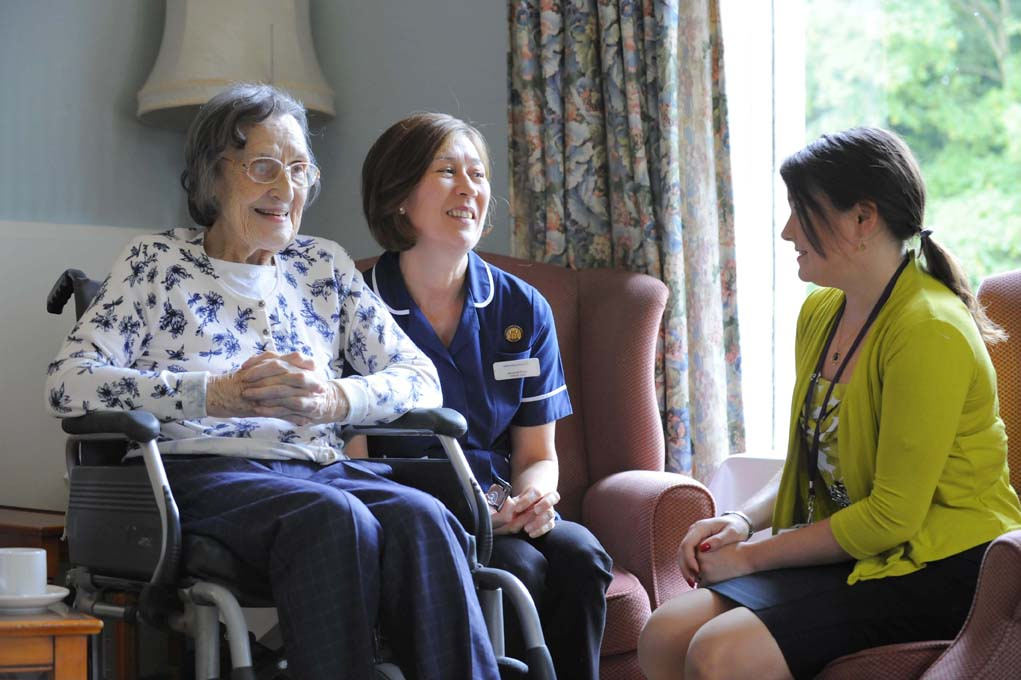
Estate Planning for Young Adults
June 4, 2018
Family Caregivers and Medicaid
July 27, 2018If you watch evening television, you’ve probably seen a commercial for reverse mortgages. Henry Winkler tells you about the great deal you can get by obtaining a reverse mortgage on your home. Some of the claims seem to be too good to be true and people tend to be suspicious of reverse mortgages.
In reality, reverse mortgages can be a great tool for seniors to use as they begin thinking about long-term planning in the future.
Let’s start with the basics:
What is a reverse mortgage?
A reverse mortgage is a way for seniors to access the equity value of their home. You continue to own your home, but the lender will give you money based on the equity value of your home. Typically, you have the option of receiving a lump sum payment or monthly payments over a set term. The lender places a mortgage on your home, but the lender does not collect on that mortgage until you die or sell your home. You continue to own your home while you live in it – the lender never owns your home.
Who qualifies?
To qualify for a reverse mortgage, you must be at least 62-years old and live in your home. The reverse mortgage must be the only lien on your home – if you have another mortgage or line of credit, it must be paid off before or with the funds from the reverse mortgage. A reverse mortgage can only be taken out on your home – second homes or vacation homes are not eligible. Finally, the homeowners must stay current on real estate taxes and homeowner’s insurance.
Upon sale of the home or death of the owner, the reverse mortgage comes due. The mortgage is paid from the proceeds from the sale. If your heirs do not intend to sell the home after your death, they can directly pay the lender. If there is a surviving spouse of the homeowner or borrower, he or she may continue to live in the home with the reverse mortgage if he or she meets lender requirements.
One advantage to a reverse mortgage is the amount owed to the lender can never be more than the value of the property. The debt can be satisfied by paying the outstanding amount of the loan or 95% of the value of the home, whichever is less. If your home loses value over time and is sold for less than the amount of the loan, you are not responsible for the difference.
How is it different than a line of credit?
Most often, a home equity line of credit is offered as a maximum amount that the homeowner can borrow. For example, a homeowner could qualify for a line of credit of up to $50,000. As the homeowner needs funds, he can borrow the amount needed. Typically, with a reverse mortgage, the amount is received as a lump sum, though periodic payments may be an option.
On a line of credit, the homeowner is responsible for making payments toward the amount borrowed. A homeowner with a reverse mortgage is not required to make payments (though may do so if he chooses). The reverse mortgage comes due only upon sale or the death of the homeowner.
Additionally, a line of credit may require more extensive credit checks and financial information than a reverse mortgage.
How can a reverse mortgage help in the long-term care process?
Regardless of whether long-term care planning will be implemented, using the equity value of a home can be an additional source of funds for the person to use to pay for the cost of care.
If planning is to be done, especially for a married couple, the reverse mortgage can be used to boost the couple’s resources for purposes of the Community Spouse Resource Allowance (CSRA). Visit this blog post to learn more about the CSRA.
As a general note, the CSRA is the amount of assets the healthy spouse can protect. The CSRA is based on the couple’s total amount of resources as of the first date of institutionalization for the unhealthy spouse. The higher the couple’s assets are, the more the healthy spouse can keep, up to about $123,000.
If the couple suspects that a spouse may need to enter a long-term care facility in the near future, the couple can obtain a reverse mortgage and receive a lump sum from the equity value. This cash boosts the couple’s total amount of resources.
After the first date of institutionalization, the couple must spend their assets to below the CSRA plus $2,000 that the institutionalized spouse is allowed to keep. The couple can make a payment on the reverse mortgage (though payments are not required) and immediately reduce their assets to the eligibility limit.
So long as the healthy spouse or a young or disabled child lives in the home, it will be exempt for Medicaid purposes. By taking out the reverse mortgage, the healthy spouse can keep more of the couple’s liquid resources and still maintain ownership of the home.
Taking out a reverse mortgage is not the answer in every long-term care planning situation. It is best to consult with a knowledgeable and experienced elder law attorney before taking steps to adjust your financial position with regard to long-term care.
To learn more about reverse mortgages, you can visit the National Reverse Mortgage Lenders Association website or the Consumer Financial Protection Bureau website. You can also talk to your local bank.


